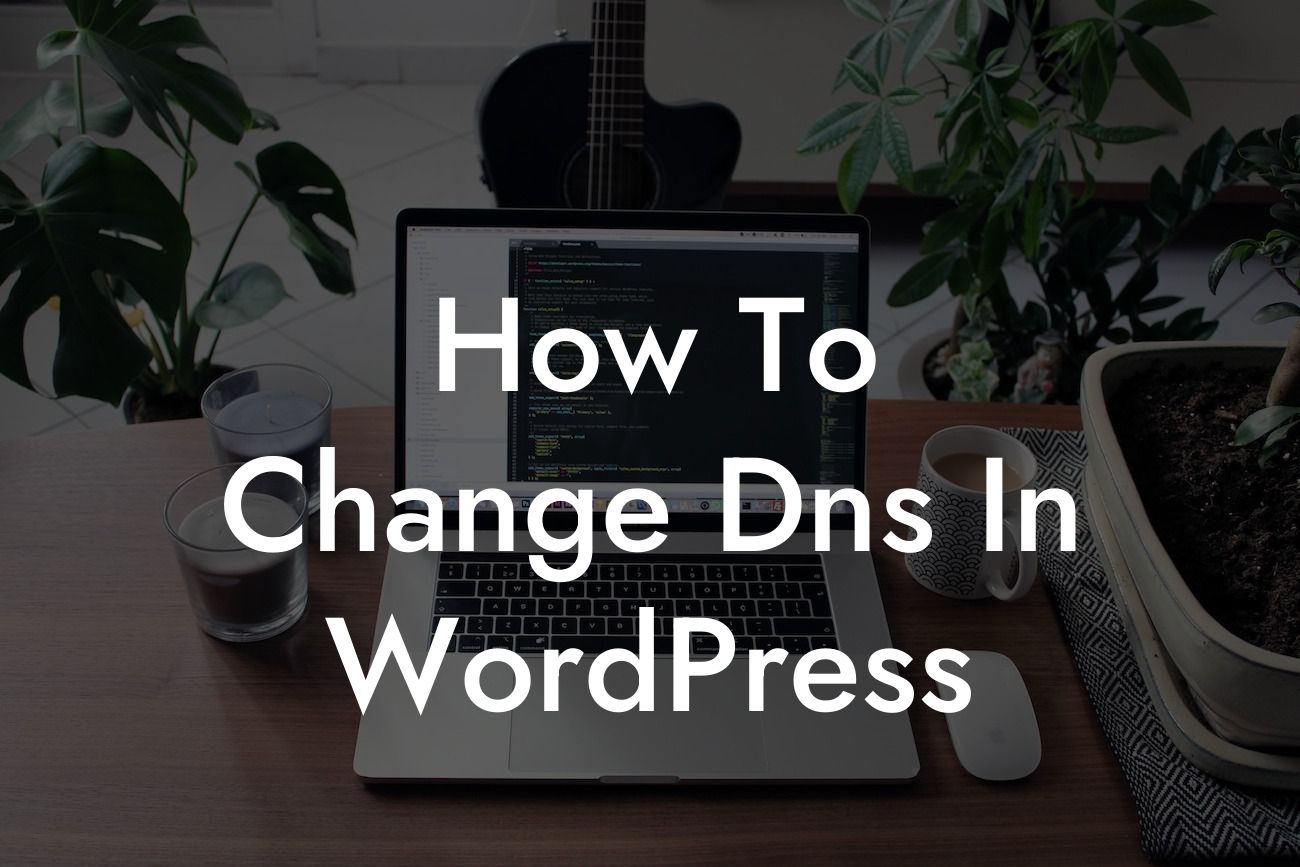Are you struggling with changing the DNS in WordPress? Don't worry, we've got you covered! In this article, we will guide you through the entire process of changing the DNS in WordPress, ensuring that your website runs smoothly and efficiently. Whether you are a small business owner or an aspiring entrepreneur, this guide is tailored exclusively to meet the needs of your online presence. Say goodbye to generic solutions and embrace the extraordinary with DamnWoo!
Changing the DNS (Domain Name System) in WordPress may seem like a daunting task, but with our step-by-step guide, you'll find it surprisingly simple. Let's dive into the details:
1. Understand the DNS: First and foremost, it's crucial to understand what DNS is and how it works. In simple terms, DNS translates domain names into IP addresses, allowing your website to be located on the internet.
2. Identify your DNS provider: To change the DNS in WordPress, you need to know which DNS provider you are using. Common DNS providers include GoDaddy, Bluehost, and Namecheap. Log in to your provider's dashboard and locate the DNS settings.
3. Backup your data: Before making any changes, it's essential to back up your website data. This ensures that you have a copy of your website in case anything goes wrong during the DNS transition.
Looking For a Custom QuickBook Integration?
4. Access your WordPress dashboard: Log in to your WordPress admin area and navigate to the Settings section. Click on General, where you will find fields related to your website's URL. Take note of the existing URLs for future reference.
5. Update DNS settings: Return to your DNS provider's dashboard and locate the DNS management section. Look for the option to modify the DNS records. Here, you will need to enter the new DNS information provided by your web hosting provider.
6. Wait for propagation: Once you've updated the DNS settings, it may take some time for the changes to propagate across the internet. This process usually takes up to 24-48 hours, so be patient during this period.
How To Change Dns In Wordpress Example:
Let's consider an example to illustrate the process. Suppose you are using GoDaddy as your DNS provider, and you want to change your website's DNS to a new web hosting provider. Follow the steps mentioned above, ensuring that you accurately enter the new DNS information provided by your web hosting provider.
Congratulations! You've successfully changed the DNS in WordPress, taking a significant step towards improving your online presence. If you found this guide helpful, share it with others who might benefit from it. Don't forget to explore other guides on DamnWoo and try our awesome WordPress plugins, specially designed to elevate your online success.













